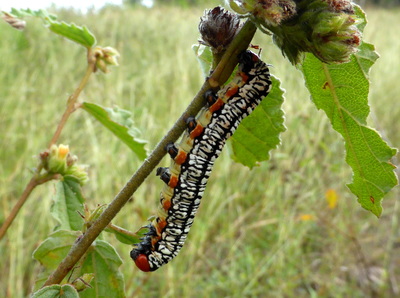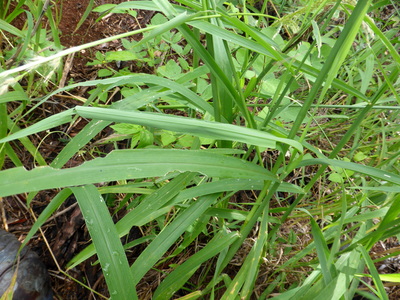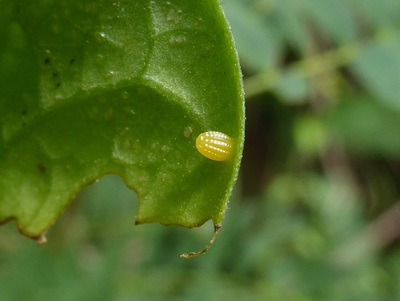|
It's near the end of our holiday now as we go back home tomorrow and it's a case of trying to get better photos of one or two things and so we decided again to explore the water tank track near the hotel where we have seen so many terrific things on this trip. A pair of Mexican Fritillary Euptoieta hegesia in cop showed how strikingly sexually dimorphic the males and females are on the underside. I had to lie flat on the ground to get this and so lost track of them when they flew which was a shame as I would have liked a picture without a grass stem across the front! I then spotted an adult Hieroglyphic Moth Diphthera festiva on a Lantana bush that was being used by lots of butterflies as a nectar source. This Noctuid moth is widespread in southern USA south to Bolivia including the Caribbean. It can in some places be a pest of soybeans. We had noticed a larva in the same area a couple of days previously and had also seen one on a previous trip though I didn't then known what it was. What I take to be another Miami Blue Cyclargus thomasi egg was on the growing shoot of a Stigmaphyllon but another much larger egg on an adjacent leaf still remains a mystery. I also carefully looked on an Aristolochia passiflorifolia bush for eggs or larvae of swallowtails without success as both Battus devilliers and B. polydamas both use Aristolochia and we had seen both species flying in the area. I did find another Violet-banded Skipper N. nyctelius larva in its larval shelter of grass. The small Lantana bush about 3ft high and 4ft across had 6 Cuban Leafwing Anaea cubana, 5 Gray Cracker Hamadryas februa, 1 Tropical Chequered Skipper Burnsius oileus, 1 Nickerbean Blue Cyclargus ammon, 2 Flambeau Dryas iulia and 3 male Chestnut Leafwing Cymatogramma echemus nectaring on it. I've seen few males and wish I'd spent a bit bit longer getting pictures as the plainer underwings are quite distinctive. A male Smudged Yellow Eurema lucina was desperately trying to mate with a female in the grass but she had already mated and was keeping her abdomen curled up out of the way. A male Purple-washed Skipper Panoquina lucas seemed to be having the same lack of success. Back near the hotel a Zebra Heliconian Heliconius charithonia caught our attention as it was clearly a female inspecting the vegetation and looking for a suitable laying site. I had only commented to Lynn earlier in the day that although we had seen this species on nearly every day of all our trips we had never found a larva or seen a female laying - and now just a few hours later here was female about to do just that! We watched her lay two eggs on what I believe is a Passiflora before we headed on back.
0 Comments
Leave a Reply. |
Welcome to our Blog
Here we will post interesting news about what we and others have seen in Cuba. Archives
July 2024
Categories |



















 RSS Feed
RSS Feed